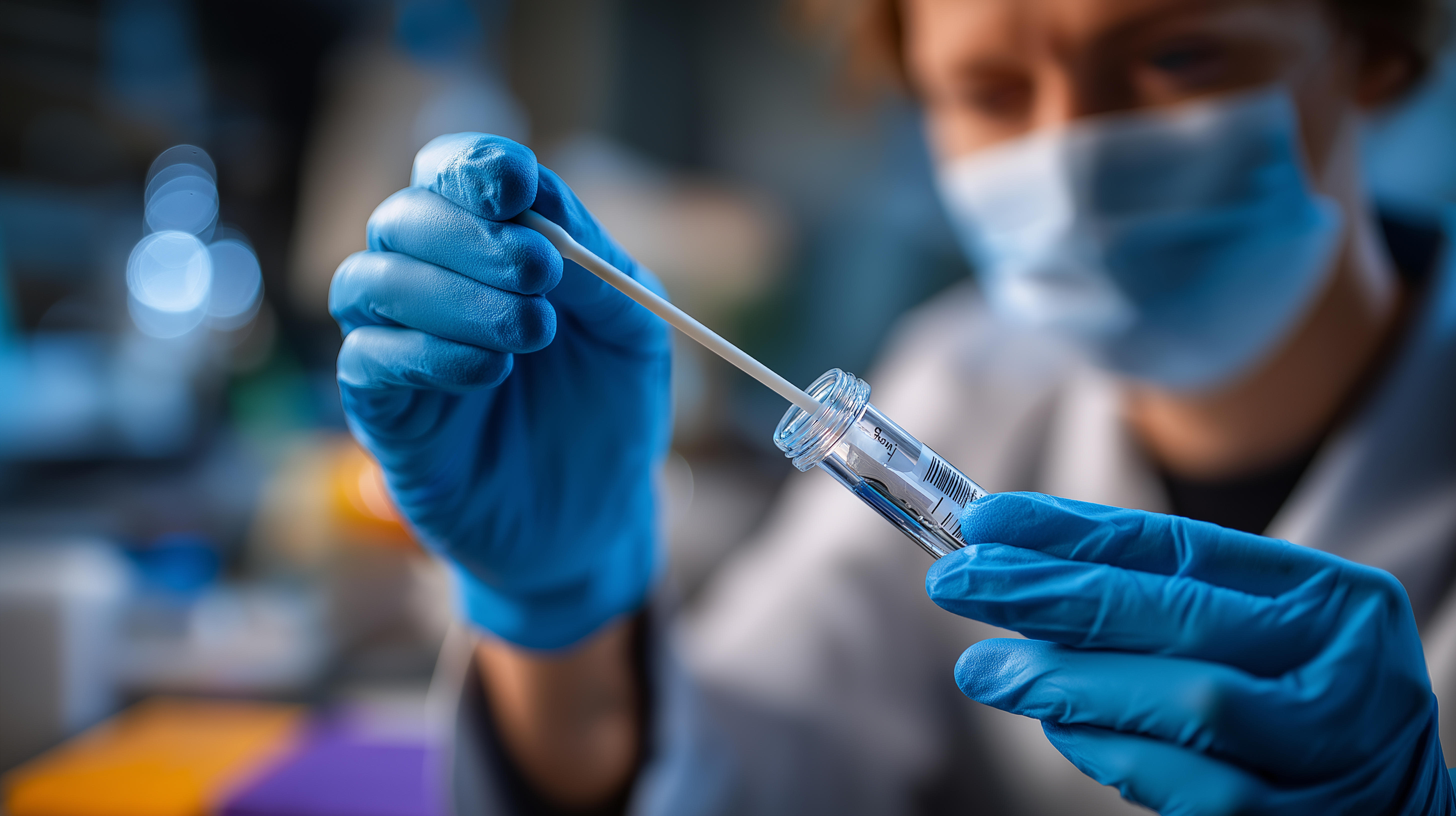You look at the schedule and see back-to-back scans, one clinician running late, and a probe that’s been acting up since last week. You’re hoping it holds out a little longer.
Running an OBGYN clinic means balancing a thousand moving parts, but few things cause more disruption than a damaged or unavailable probe. When one goes down, the whole flow of the day changes: patients are waiting, rooms sit empty, and someone ends up calling the repair company again.
Probes may look sturdy, but anyone who works with them knows how fragile they really are. And when repairs start to pile up, the costs and the stress can add up fast.
The Real Cost of Probe Damage
A broken probe isn’t just a line item on an invoice, it’s a chain reaction. A few days without that probe means rearranging schedules, borrowing equipment, and reassuring anxious patients.
Across Europe, repair services like Revitech estimate that fixing a damaged probe costs up to 70 %less than buying new, but that still means hundreds or even thousands of euros per incident, plus downtime. Even when repairs are successful, sending equipment away and waiting on a loaner can throw off your entire week.
And if you’ve ever had a probe that comes back “fixed” but never quite performs the same, you know that the loss isn’t just financial, it’s about confidence. You’re left wondering whether the image quality is still reliable.
How Disinfection Plays Into Wear and Tear
Probe damage doesn’t always come from a dramatic drop or accident. Most of the time, it’s slow and cumulative, small things that add up.
- Strong disinfectants: Harsh chemicals like hydrogen peroxide, glutaraldehyde or OPA can gradually break down coatings and seals.
- Overuse: Busy clinics sometimes run back-to-back soak cycles that leave probes sitting too long.
- Handling pressure: When staff rush to rinse or dry probes between patients, materials get stressed.
- Constant cycling: Some probes go through dozens of disinfection cycles a day, each adding microscopic wear.
Over months, these little stresses shorten probe life. The irony is that the very process meant to keep patients safe can quietly chip away at the tools that make their care possible.
When Damage Becomes a Safety Issue
Surface wear doesn’t just shorten a probe’s lifespan, it can also make it harder to keep clean. Tiny cracks or worn areas can trap gel or microorganisms, and even thorough cleaning may not reach every crevice.
The World Federation for Ultrasound in Medicine and Biology (WFUMB) reminds clinics that transvaginal and other endocavitary probes are semi-critical devices, meaning they must be high-level disinfected after every patient, even when probe covers are used.
Several European studies have shown that standard chemical disinfection doesn’t always remove all pathogens, particularly HPV, which is more resistant than many other viruses. The same study reported that 98% of healthcare professionals preferred using UV-C vs. chlorine dioxide multi-wipe system.
When a probe’s surface is worn or scratched, disinfection becomes less effective, increasing both infection risk and potential liability.
Exploring Gentler Disinfection Methods
You already know disinfection isn’t optional. But how you disinfect can make all the difference in how long your probes last, and how confident you can be that they’re truly clean.
The ideal disinfection process would:
- Be tough on microbes but gentle on materials
- Cut down on chemical handling and human error
- Work quickly enough to keep up with patient flow
- Provide traceable proof that every probe was fully disinfected
Other approaches aim to do just that.
Our method is UV-C disinfection, which uses controlled light instead of liquid chemicals.
You can read more about how UV-C light inactivates microbes in this UV Smart article.
If your current process feels rough on your equipment or time-consuming for your staff, it’s worth reviewing what options are available, including UV Smart’s own D45, designed for fast, validated, chemical-free reprocessing.
A Scene Every Practice Manager Knows
It’s a busy morning. The waiting room is full. A clinician asks if the disinfected probe is ready. The reprocessing cycle is still running. The team decides to skip one rinse step to stay on schedule.
A few days later, the images start to look “off.” The repair company confirms water damage inside the lens. Two weeks, a loaner probe, and several rescheduled patients later, you’ve spent more on repairs and stress than anyone budgeted.
That’s the reality: sometimes the cost of keeping up with demand ends up costing you more.
Five Steps to Protect Your Probes and Patients
- Review your repair records.
Look at the last 12–18 months. How often have you sent probes out? How long were they gone? - Walk through your workflow.
Watch a full disinfection cycle and note every manual step. How many chances are there for damage or skipped steps? - Check against best-practice guidelines.
Compare your process to WFUMB and ECDC standards for ultrasound disinfection. - Ask about gentler alternatives.
If vendors or partners offer demos of new disinfection technology, test them in real clinic conditions and track probe handling, speed, and staff feedback. - Think in total cost, not purchase price.
Repairs, disposables, and lost time add up. The best system is often the one that quietly prevents those small daily losses.
The Bigger Picture
As an OBGYN practice manager, you’re constantly balancing patient safety, workflow, and budgets. Probe disinfection might seem like a small technical step, until it isn’t.
When your disinfection process protects both patients and equipment, everything runs smoother. Probes last longer, schedules stay on track, and you spend less time reacting to problems and more time focusing on care.
UV Smart’s Impelux™ Technology shows how controlled UV-C exposure achieves consistent, validated disinfection, without damaging sensitive probe materials.
Because protecting your tools means protecting your team, your time, and the women who trust you most.

%20(1).jpeg)






.jpg)
